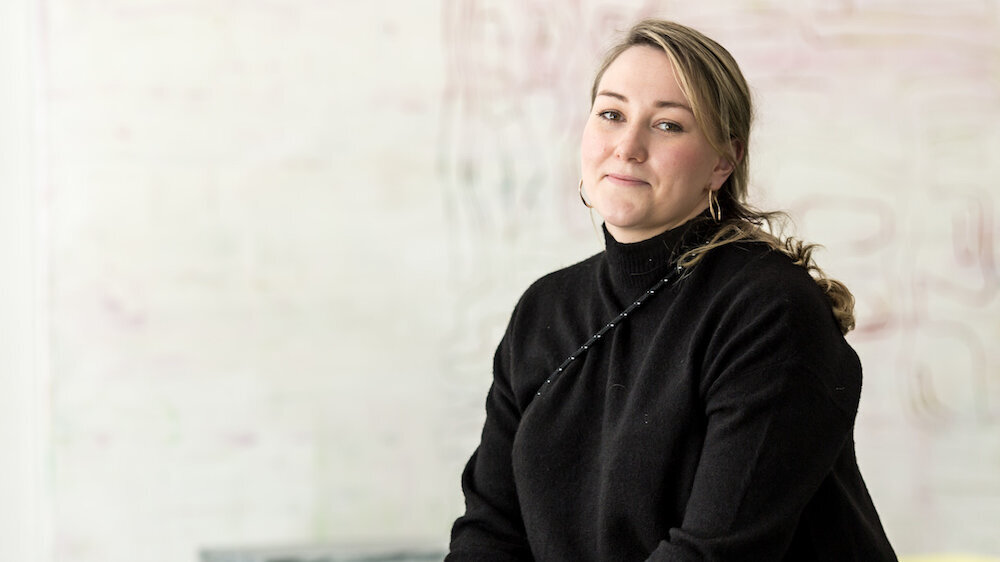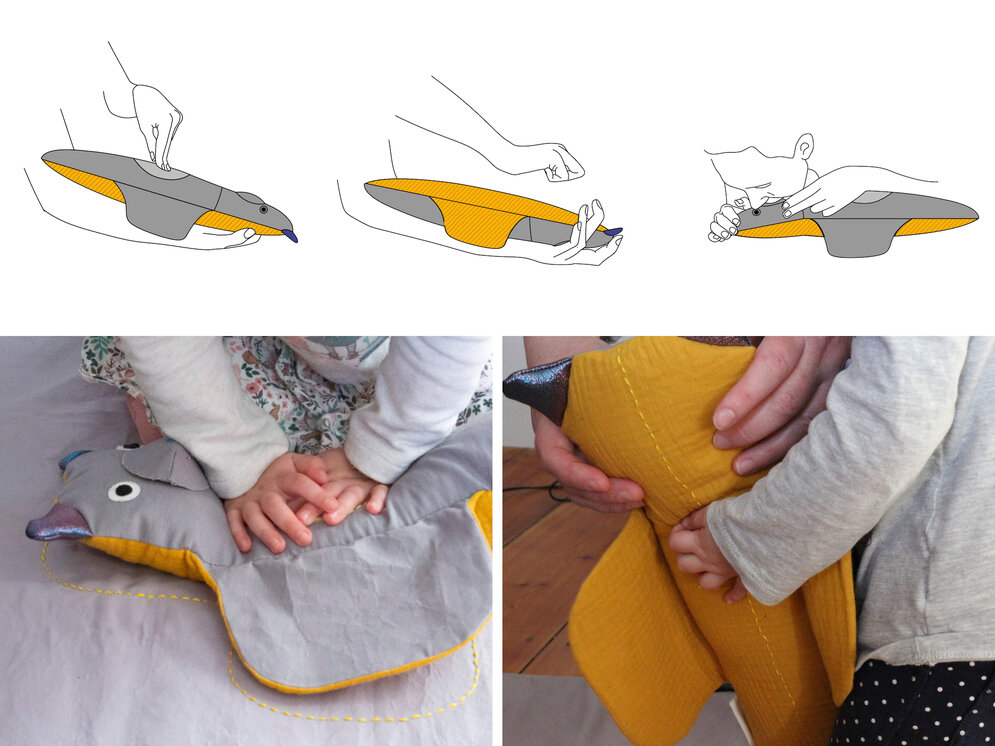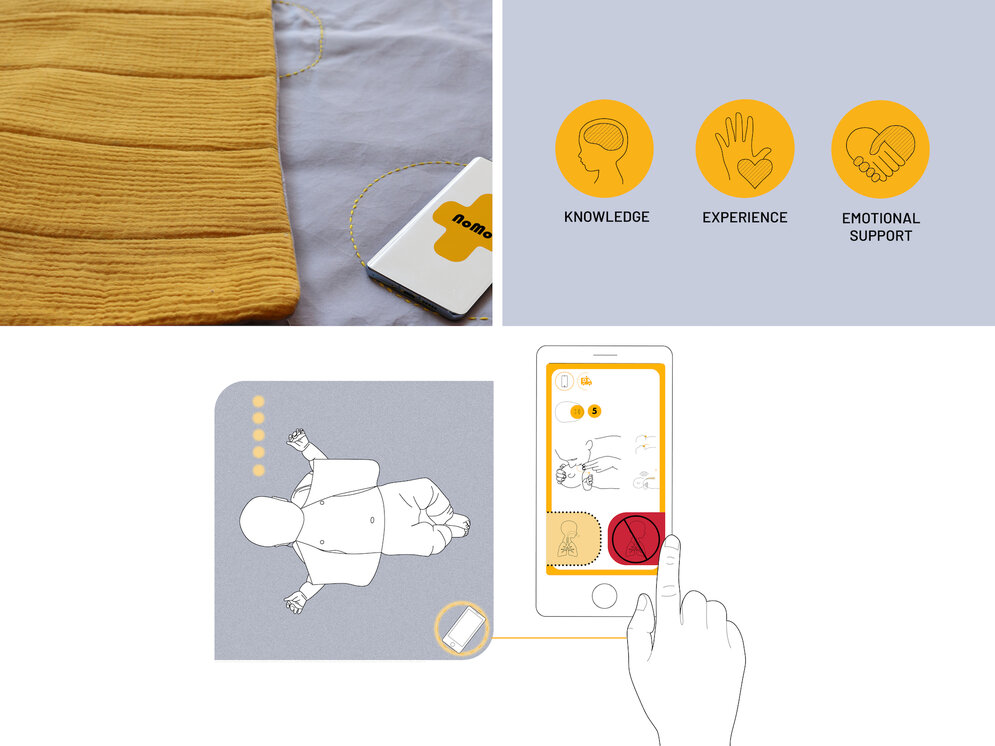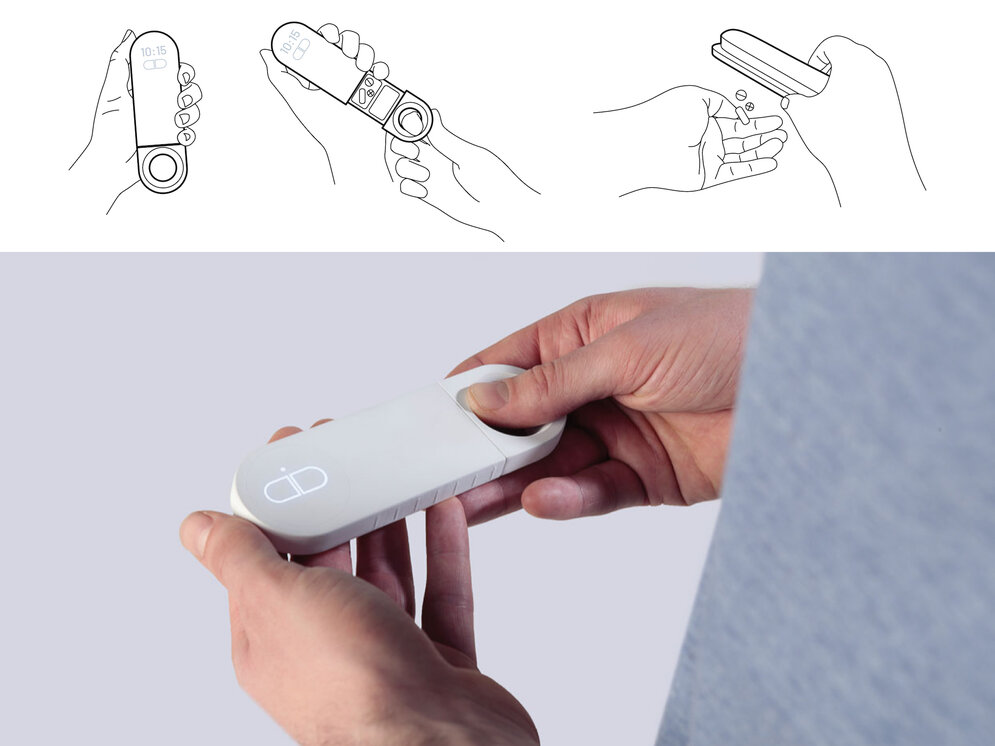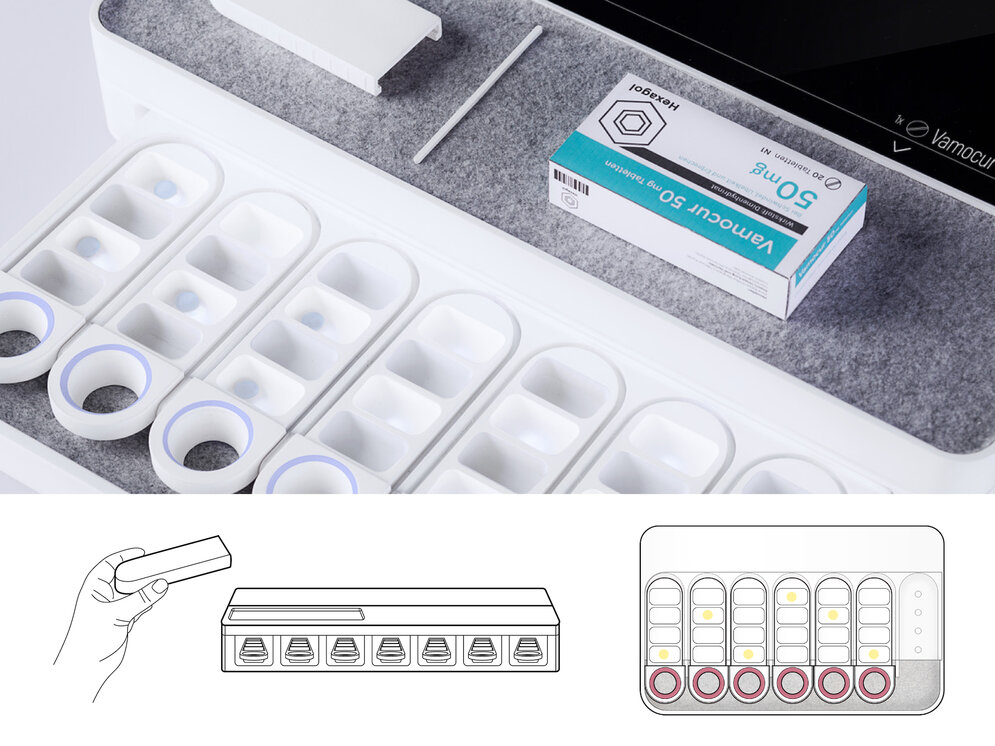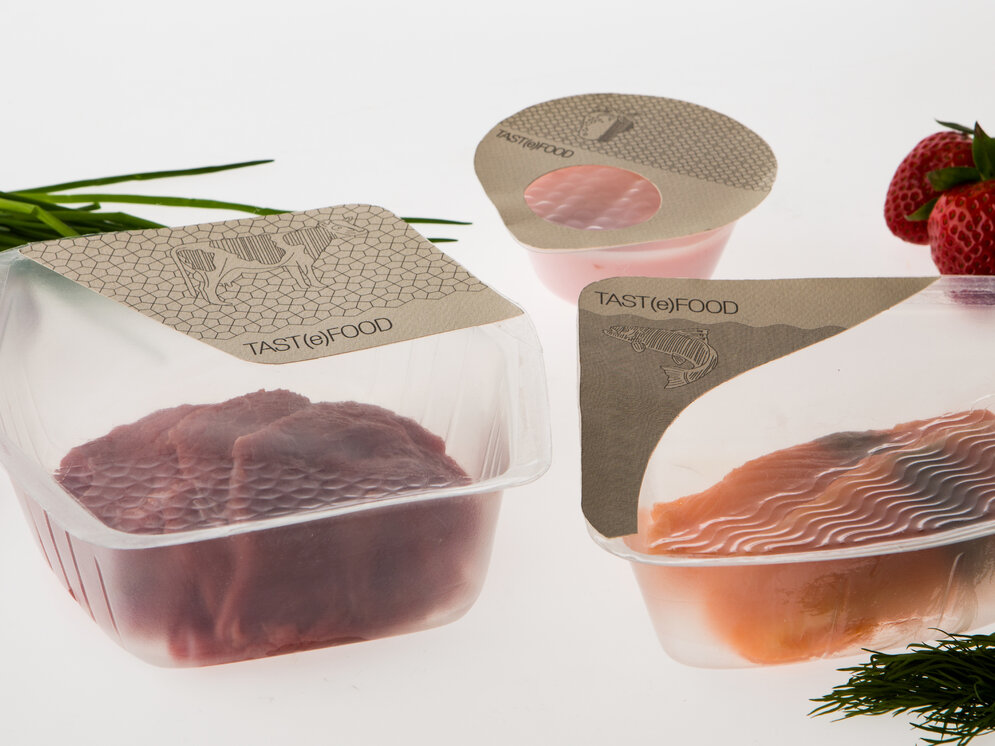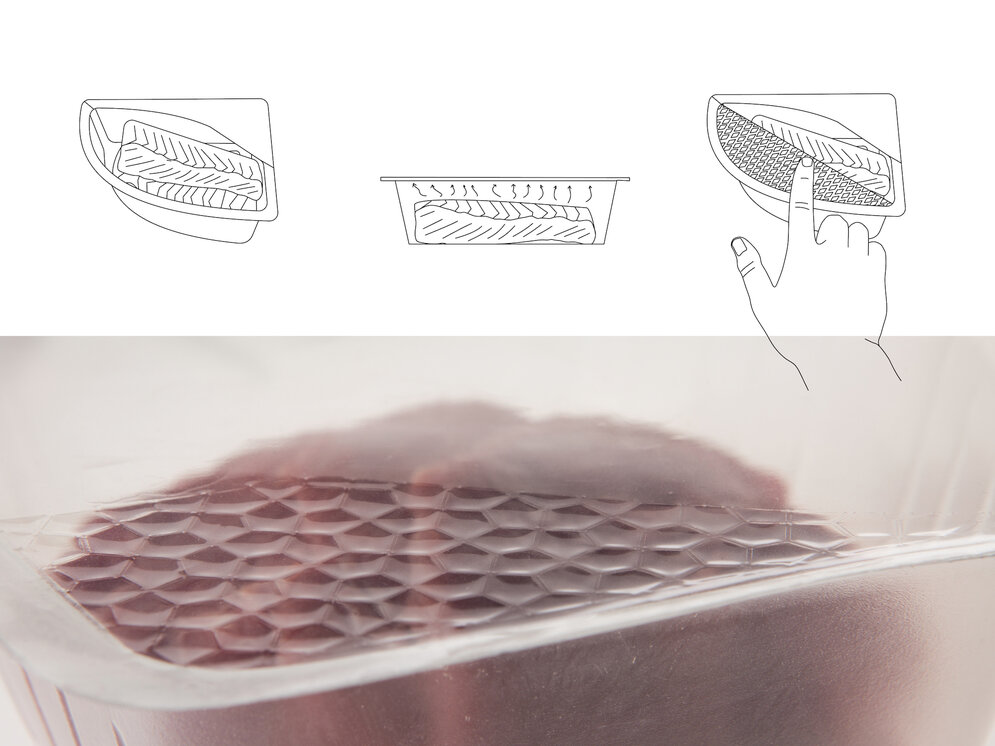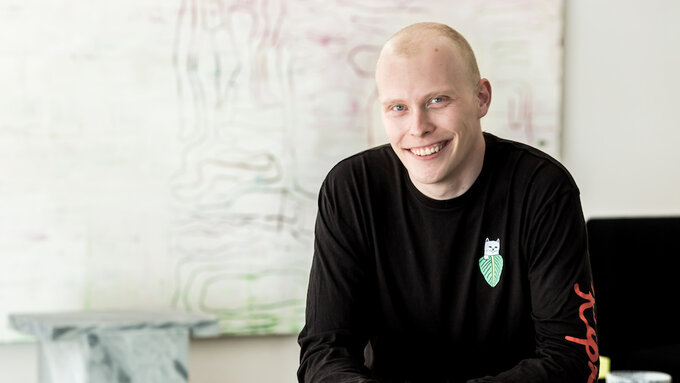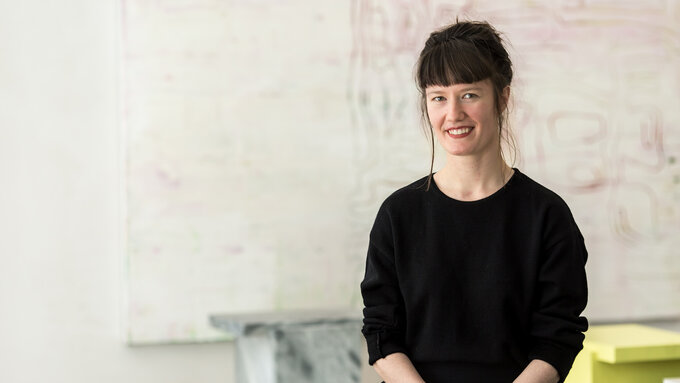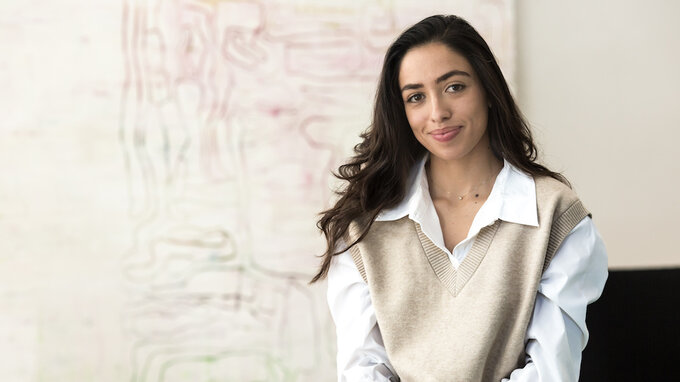Anne Bansen
Anne Bansen was born on 28 January 1990 in Berlin. She first studied English and history at the Humboldt University in Berlin from 2009 to 2014. Bachelor’s studies in industrial design followed at the HTW Berlin University of Applied Sciences from 2015 to 2020. Bansen completed numerous internships during this time, for example, at the Fraunhofer Center for Responsible Research & Innovation (CeRRI), the Helmholtz-Zentrum Berlin research centre for material and energy, and as a working student at the Brose innovation workshop for car parts. She completed her bachelor’s degree with honours in 2020. Bansen is currently working on her master’s at the Potsdam University of Applied Science, while continuing to be a research assistant at Fraunhofer CeRRI. In her work, she focuses on universal design and user experience, whereby the topic of safety in daily life plays an important role.
Statement of the jury
Anne Bansen completed her bachelor's degree at the University of Business and Technology in the subject industrial design, gaining a distinction. She also undertook numerous internships, for example at the Fraunhofer Center for Responsible Research & Innovation (CeRRI), the Helmholtz-Zentrum Berlin research centre for material and energy, and at the Brose innovation workshop for car parts. In her work, she focuses on universal design and user experience, whereby the topic of safety in daily life plays an important role. Examples of her work to date, such as the »NoMo« the emergency monster, the smart pill tin »Pillbuddy« and »Tast(e) Food« (packaging from whose surface it is possible to feel whether the food within has become spoiled), provide impressive evidence of how vast her design potential and talent is.
Interview with Anne Bansen
You are a »Newcomer« Finalist at the German Design Award 2022. What does this award mean for you and your work?
It is a great honour for me to be recognised not only for one of my projects but for the entirety of my work. It is also a great opportunity for me to make new and interesting contacts through this accolade.
You unite the areas of universal design, user experience and safety in your work. What previous projects of yours have been particularly important and why?
My bachelor’s project about emergency situations for baby and toddlers as well as first aid in general is very dear to my heart. It addresses an issue that hardly receives any attention in public discourse but is important. In addition, the close dialogue with design sponsors (families) and experts over the entire process was incredibly intense and insightful.
»NoMo – das Notfall-Monster« (the emergency monster) is based on a user-centric design approach. What did you learn for yourself and your work during this project, which took place in close cooperation with families?
Design that deals with socially relevant themes can never take place at a desk. It lives from discussion, observation and dialogue. It was particularly important to create an open-ended environment and format where people could express themselves beyond the spoken word and where collective insights could be gained.
»Health Fiction 2047« is a project in your portfolio that deals with health care in the future. What was the biggest challenge for yourself and your team?
The basic question that we asked ourselves was to what degree design fiction has to be based on science, without linearly following up on current trends and technological developments? The big challenge was making this big thematic field concrete, so artefacts could be developed that really provoke discussion and could be imagined together in an overarching scenario.

